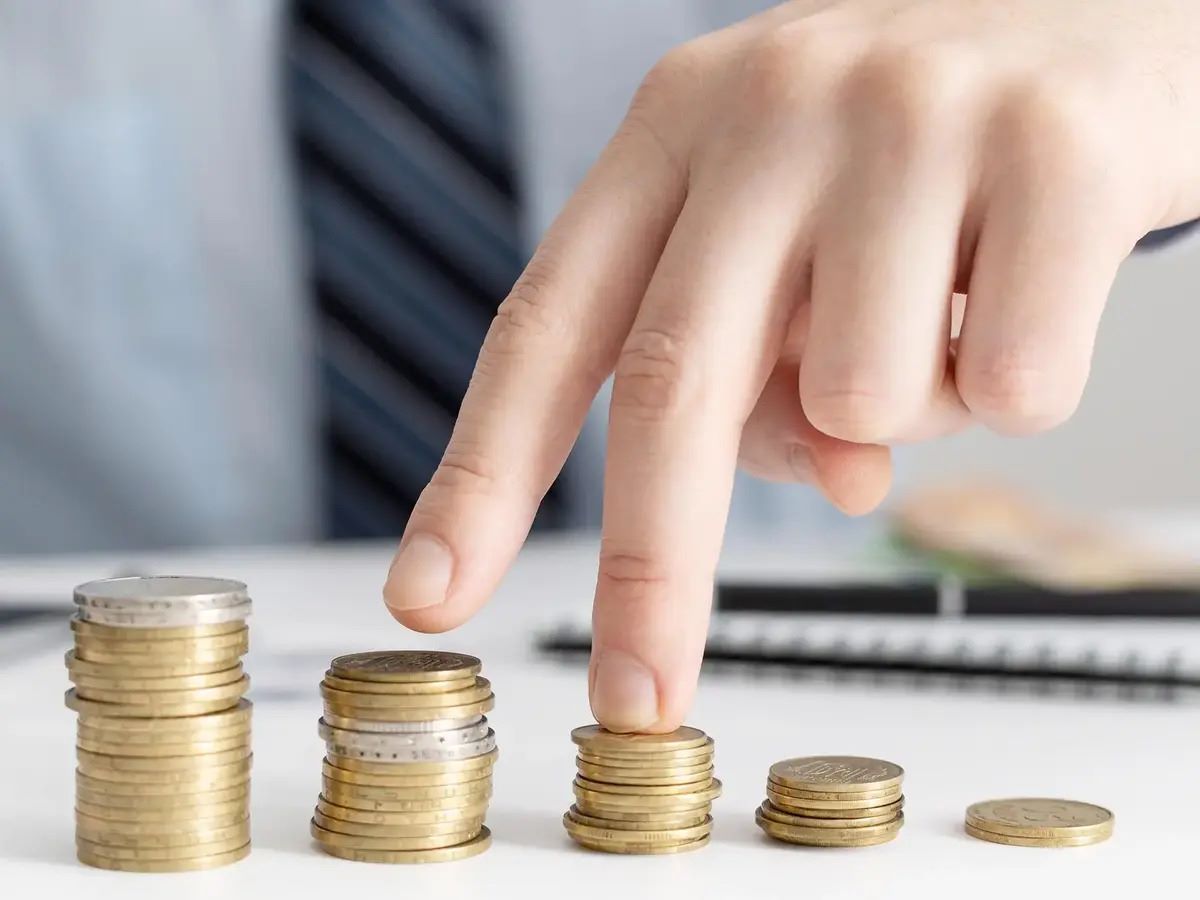
The universe is a vast and mysterious place, filled with wonders beyond our imagination. One of the most awe-inspiring events that occur in the cosmos is a supernova explosion. These extraordinary cosmic events captivate scientists and space enthusiasts alike, as they unleash an unimaginable amount of energy and create breathtaking celestial displays.
In this article, we will delve into the fascinating world of supernova explosions and uncover 16 captivating facts about these mind-boggling events. From their mesmerizing light shows to their role in the formation of elements, supernovae have played a crucial role in shaping the universe as we know it. So, buckle up and get ready to explore the explosive side of the cosmos!
Key Takeaways:
- Supernova explosions are incredibly bright, outshining entire galaxies and creating heavy elements like gold and platinum. They play a crucial role in the evolution of galaxies and can even trigger the formation of new stars.
- These rare cosmic events can be observed from Earth and are used as cosmic distance indicators. They emit powerful shockwaves, impacting the surrounding interstellar medium and influencing the formation of new stars and planetary systems.
Supernova explosions are incredibly bright.
Supernovas can often outshine entire galaxies and temporarily outshine all the other stars in their respective galaxies. The brightness of a supernova explosion can even surpass billions of times that of the sun!
They occur in various types.
Supernovas are classified into different types, including Type Ia, Type Ib/c, and Type II. Each type has its own characteristics and mechanisms of explosion, making them fascinating subjects of study for astronomers.
Supernova explosions create heavy elements.
These celestial explosions are responsible for creating and scattering heavy elements such as gold, platinum, and uranium into space. The origins of these precious elements can be traced back to supernovas.
They release an incredible amount of energy.
During a supernova explosion, an enormous amount of energy is released in various forms, including light, heat, and radiation. This energy output can exceed the total energy output of the sun over billions of years.
Neutron stars and black holes can be born from supernovas.
Supernova explosions mark the dramatic end of massive stars. Depending on their mass, the stellar remnants can become neutron stars or collapse further to form black holes, both of which have fascinating properties.
Supernovas can trigger the formation of new stars.
The shockwaves produced by supernova explosions can trigger the compression of nearby interstellar gas and dust, leading to the formation of new stars. It’s a spectacular cycle of death and rebirth in the cosmic realm.
They can occur in our galaxy.
While rare, supernova explosions do occur in our own Milky Way galaxy. The last supernova observed in our galaxy was called Kepler’s Supernova, which was observed by Johannes Kepler in the year 1604.
Supernova explosions can be observed from Earth.
When a supernova occurs in a nearby galaxy, it can sometimes be visible from Earth with the naked eye. This provides a unique opportunity for astronomers and enthusiasts to witness these cosmic fireworks firsthand.
They play a crucial role in the evolution of galaxies.
Supernova explosions release heavy elements and energy into their surrounding environment, which contributes to the enrichment of interstellar gas. This process plays a significant role in the evolution and diversity of galaxies.
Supernovas are used as cosmic distance indicators.
Astronomers use the luminosity of Type Ia supernovas, which have a consistent brightness pattern, as “standard candles” to measure cosmic distances. This technique has been instrumental in studying the expansion of the universe.
The explosion can be triggered by different mechanisms.
Supernova explosions can occur through different mechanisms, including the detonation of a white dwarf star, the collapse of a massive star’s core, or a combination of nuclear reactions within the stellar core.
They emit powerful shockwaves.
The shockwaves created by supernova explosions can travel through space for thousands of years, shaping the surrounding interstellar medium and influencing the formation of new stars and planetary systems.
Radiation from supernovas can impact our planet.
Though rare, the direct radiation from a supernova explosion in our Milky Way could potentially have an impact on Earth’s climate and even the ozone layer, depending on the proximity and intensity of the event.
Supernova explosions have different brightness profiles.
Supernovas exhibit different brightness profiles over time, allowing astronomers to classify them further into subtypes based on their light curves and spectra, providing valuable insights into the nature of these cataclysmic events.
Supernovas are rare cosmic occurrences.
While millions of stars exist in our galaxy, supernova explosions are relatively rare events, with only a handful of them occurring every century in observable galaxies. Capturing the moment of a supernova is a special feat for astronomers.
They can be observed in multiple wavelengths.
Astronomers study supernova explosions using various telescopes and instruments that detect emissions in different wavelengths, such as X-rays, gamma rays, radio waves, and optical light. Each wavelength reveals specific information about the explosion process.
Conclusion
In conclusion, supernova explosions are captivating phenomena that have fascinated astronomers and scientists for centuries. These cataclysmic events signify the dramatic end of a massive star’s life and release an immense amount of energy into the surrounding space. From their role in the creation of heavy elements to their ability to outshine entire galaxies, supernovae have proven to be invaluable cosmic laboratories for studying various astrophysical processes. By studying supernovae, scientists continue to gain insights into the origins of our universe, the formation of galaxies, and the mechanisms behind stellar life cycles.
FAQs
1. What causes a supernova explosion?
A supernova explosion occurs when a massive star reaches the end of its life and undergoes a catastrophic collapse or a violent explosion. This can happen in two ways: through the fusion of heavier elements in the star’s core or the sudden ignition of nuclear fusion in a white dwarf in a binary star system.
2. How often do supernovae occur?
On average, supernovae occur in our galaxy once every 50 years. However, due to the vastness of the universe, we are able to detect supernovae happening in other galaxies more frequently. In fact, they happen every second somewhere in the observable universe.
3. Can a supernova cause harm to Earth?
The effects of a supernova occurring relatively close to Earth would be devastating. However, the chances of a supernova occurring at a distance that could cause harm to our planet are extremely rare. The nearest star that could potentially go supernova is Betelgeuse, which is about 642 light-years away.
4. Are there different types of supernovae?
Yes, there are two main types: Type I and Type II. Type I supernovae are further divided into subcategories based on the presence or absence of hydrogen in their spectra. Type II supernovae are characterized by the presence of hydrogen in their spectra and are associated with the explosion of massive stars.
5. Can we observe a supernova explosion with the naked eye?
Yes, under favorable conditions, a nearby supernova explosion can be visible to the naked eye for several weeks. Famous examples include the supernovae SN 1006, SN 1054 (which created the Crab Nebula), and SN 1987A.
Supernovas' incredible power and role in cosmic evolution are truly awe-inspiring. If you found these facts captivating, why not explore the mysteries of neutron stars, born from supernova explosions? Or delve into cosmic ray acceleration, another fascinating phenomenon connected to these stellar cataclysms. Both topics offer mind-expanding insights into our Universe's most extreme events and processes.
Was this page helpful?
Our commitment to delivering trustworthy and engaging content is at the heart of what we do. Each fact on our site is contributed by real users like you, bringing a wealth of diverse insights and information. To ensure the highest standards of accuracy and reliability, our dedicated editors meticulously review each submission. This process guarantees that the facts we share are not only fascinating but also credible. Trust in our commitment to quality and authenticity as you explore and learn with us.


